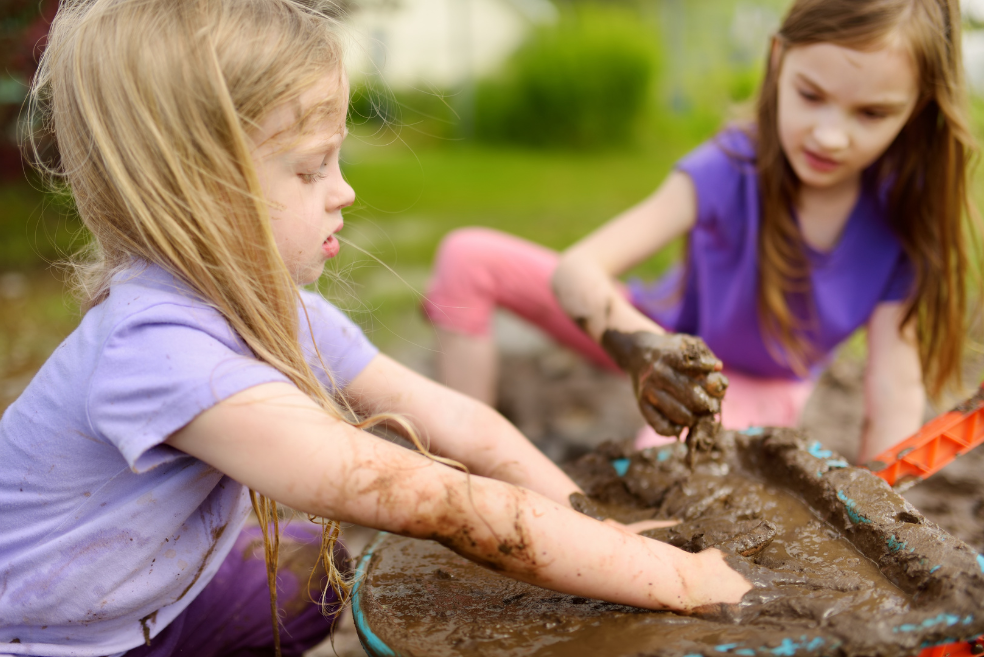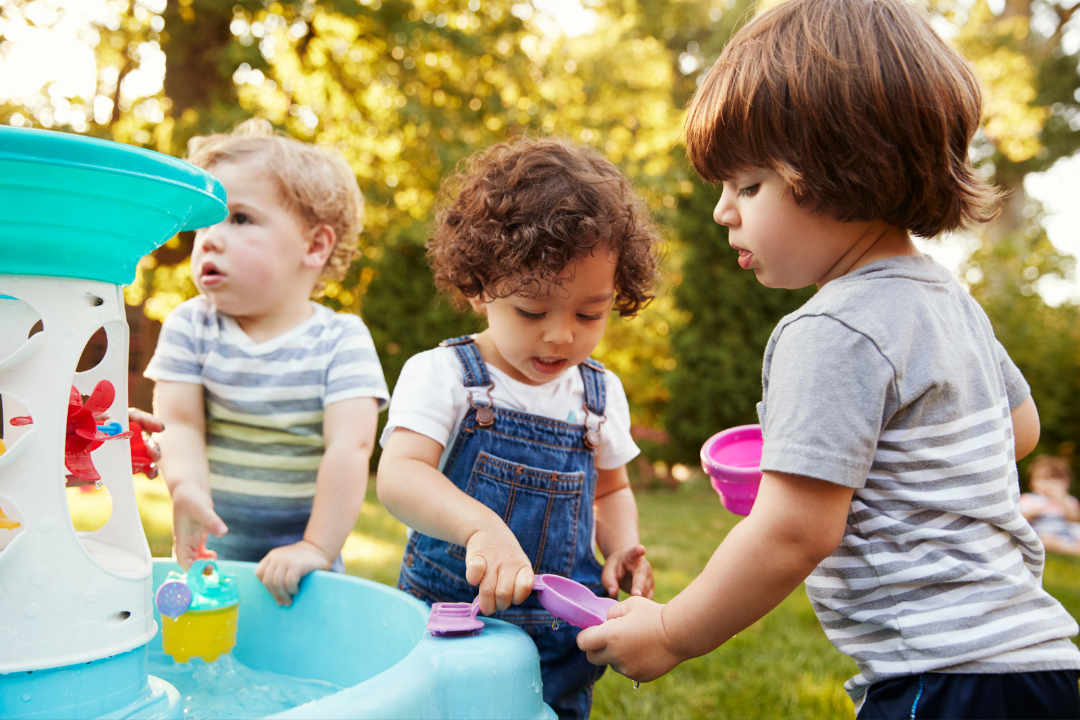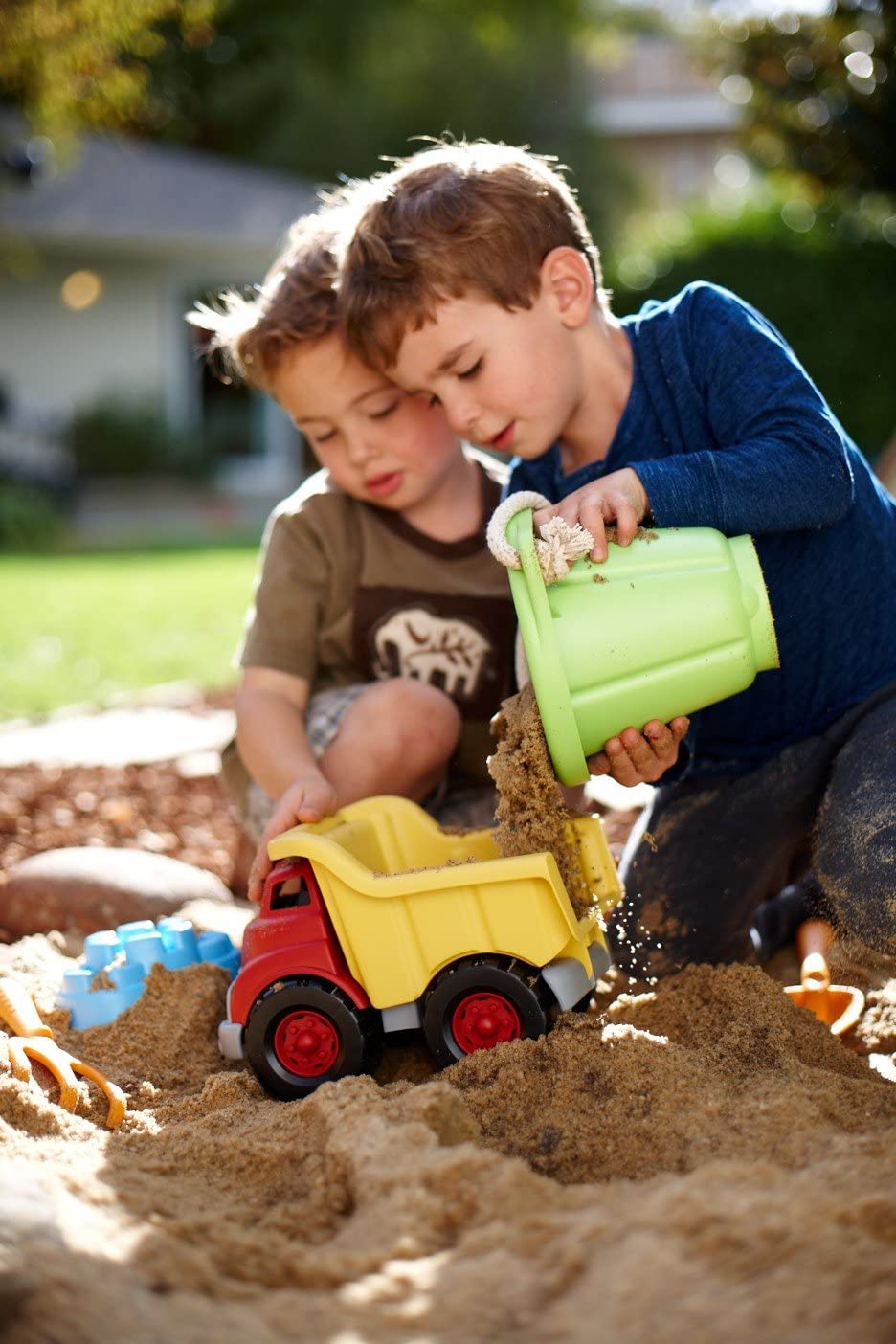Table of Contents
ToggleWhat is Active Play? 10 Questions Moms are asking | FAQ
This introduction to the topic of active play for children mentions ten questions that can be asked to gain a better understanding of this subject. The questions cover a range of topics, including the benefits of active play, types of activities, safety considerations, and ways to encourage children to be physically active. The questions aim to help parents, caregivers, and educators promote physical, mental, and social development through active play. If you are more into Water Play, check out my Top Water Play Article.
1. What are the developmental benefits of active play for children?
Active play offers several developmental benefits for children. It can improve their physical health by enhancing their motor skills, strength, flexibility, and coordination. Regular physical activity can also promote better sleep, digestion, and overall health. Active play can have positive effects on children’s mental and emotional health as well. It can reduce stress and anxiety, boost mood, and increase self-esteem. Moreover, active play can help children develop social skills, such as cooperation, communication, and leadership, as they interact and play with other children.

2. How does active play help children build physical strength and coordination?
Active play can help children build physical strength and coordination in several ways. When children engage in physical activities such as running, jumping, climbing, and playing sports, they use their muscles and bones, which can help develop their strength and endurance. Additionally, these activities require balance, coordination, and agility, which can help children improve their motor skills and develop better control over their movements. Active play can also help children develop their proprioceptive sense, which is the ability to sense and understand the position and movement of their bodies in space. All of these factors contribute to improving children’s physical strength and coordination over time.
3. What are some examples of active play that can be done indoors and outdoors?
There are many examples of active play that can be done indoors and outdoors. Here are a few:
Indoor activities:
- Dancing to music or playing musical chairs
- Doing yoga or other exercise routines
- Playing active video games that require movement
- Playing hide-and-seek or tag
- Setting up an indoor obstacle course or scavenger hunt
Outdoor activities:
- Playing sports such as soccer, basketball, or tennis
- Riding bikes or scooters
- Playing on a playground or in a park
- Swimming or playing in water
- Hiking or going on nature walks
These are just a few examples, and there are many other creative ways to encourage active play both indoors and outdoors. The key is to find activities that children enjoy and that are safe and age-appropriate.

4. How can parents and caregivers encourage children to be physically active?
Parents and caregivers can encourage children to be physically active in several ways, including:
- Setting a positive example by being physically active themselves
- Creating opportunities for active play, such as setting up a play area or scheduling time for physical activity
- Encouraging participation in sports or other physical activities that align with the child’s interests
- Limiting screen time and promoting outdoor play instead
- Making physical activity fun and engaging by incorporating games and challenges
- Offering choices and allowing children to participate in planning physical activities
- Praising and encouraging children’s efforts and progress
- Providing opportunities for active play with other children, such as through playdates or organized sports teams
- Using positive reinforcement, such as rewards or praise, to encourage physical activity
- Making physical activity a regular part of the child’s routine and emphasizing its importance for overall health and well-being.
5. What are some safety considerations to keep in mind during active play?
Ensuring safety during active play is crucial to prevent accidents and injuries. Here are some safety considerations to keep in mind:
- Always supervise young children during physical activity, especially when playing outside or near water.
- Make sure the play area is safe and free of hazards such as sharp objects, toxic materials, or uneven surfaces.
- Provide appropriate protective equipment such as helmets, knee pads, and elbow pads when necessary.
- Ensure that equipment such as bicycles, scooters, or sports gear is in good condition and properly maintained.
- Encourage children to warm up before physical activity to prevent muscle strains or injuries.
- Teach children safe practices such as looking both ways before crossing the street or using hand signals while riding a bike.
- Monitor weather conditions and avoid outdoor play during extreme heat or cold, high winds, or thunderstorms.
- Ensure that children stay hydrated and take breaks when necessary.
- Educate children about the risks of stranger danger and teach them how to react to potentially dangerous situations.
- Always have a first aid kit on hand and be prepared to administer basic first aid when necessary.

6. What are the benefits of unstructured playtime versus structured physical activities?
Both unstructured playtime and structured physical activities offer different benefits for children.
Unstructured playtime allows children to explore their own interests, make their own choices, and use their imaginations. It can help promote creativity, problem-solving skills, and social skills as children interact with others and learn to navigate social situations on their own. Unstructured playtime can also help children learn to manage their emotions and reduce stress levels.
Structured physical activities, such as organized sports or exercise classes, can provide children with opportunities to learn new skills, improve their physical fitness, and work towards goals. These activities can also promote teamwork, discipline, and perseverance as children work together to achieve a common goal.
Both types of activities can be valuable for children’s physical, mental, and social development. However, it is important to find a balance between structured and unstructured activities and ensure that children have ample opportunities for both.
7. How can active play benefits children’s mental health and well-being?
Active play can have several positive benefits for children’s mental health and well-being, including:
- Reducing stress and anxiety: Physical activity can help reduce stress and anxiety by releasing endorphins, which are natural feel-good chemicals in the brain.
- Improving mood: Physical activity has been shown to improve mood and increase feelings of happiness and well-being.
- Boosting self-esteem and confidence: Engaging in physical activity and achieving physical goals can help boost self-esteem and confidence in children.
- Developing coping skills: Physical activity can provide an outlet for children to manage their emotions and cope with difficult situations.
- Enhancing cognitive function: Regular physical activity has been shown to improve cognitive function and memory in children.
- Improving sleep: Physical activity can help children fall asleep faster and sleep more soundly, leading to improved overall health and well-being.
- Promoting social connections: Engaging in physical activities with others can help children develop social skills and build connections with peers.

8. What are some ways to make active play more enjoyable and engaging for children?
Making active play more enjoyable and engaging for children can help encourage their participation and increase their physical activity levels. Here are some ways to make active play more fun and exciting for children:
- Incorporate games and challenges: Children often respond well to games and challenges that make physical activity more exciting and competitive. Examples include relay races, scavenger hunts, obstacle courses, and sports-based games.
- Use technology to enhance active play: Technology can be used to create fun and interactive experiences that incorporate physical activity. Examples include dance or fitness video games, virtual reality experiences, and apps that encourage outdoor exploration.
- Involve the child in the planning process: Children are more likely to enjoy physical activity when they have a say in the type of activity and location. Involve them in the planning process and ask for their input on the types of activities they would like to do.
- Provide a variety of options: Offer a variety of physical activities that cater to different interests and abilities. For example, if a child is not interested in team sports, they may enjoy activities such as swimming, dancing, or cycling.
- Allow for free play: Providing opportunities for unstructured free play can encourage children to explore their own interests and be creative with their physical activity. This can include playing in a park, riding bikes, or having access to sports equipment.
- Make it a social activity: Encouraging children to participate in physical activity with friends or family members can make it a more enjoyable and social experience. This can include joining sports teams, organizing play dates, or having family fitness challenges.
9. How can children with physical or developmental disabilities participate in active play?
All children, including those with physical or developmental disabilities, can benefit from participating in active play. Here are some ways to help children with disabilities participate in active play:
- Adapt activities: Modify activities to meet the child’s abilities and interests. This may involve using adaptive equipment, adjusting the rules of a game, or creating modified versions of activities.
- Encourage inclusive play: Encourage children with and without disabilities to participate in activities together. This can help promote social connections and reduce stigma and discrimination.
- Seek out specialized programs: Look for programs or organizations that are specifically designed for children with disabilities. These programs may offer adapted equipment, trained staff, and specialized activities that are tailored to the child’s needs.
- Consider non-traditional activities: Non-traditional activities, such as yoga or dance, maybe more accessible for children with certain disabilities.
- Consult with healthcare providers and therapists: Healthcare providers and therapists can provide guidance on safe and appropriate physical activities for children with disabilities. They may also be able to recommend specialized programs or equipment.
- Provide a supportive environment: Create an environment that is supportive and inclusive of children with disabilities. This can include providing accessible facilities, training staff on disability inclusion, and fostering a culture of acceptance and diversity.
Overall, with the right adaptations and support, children with disabilities can participate in a wide range of physical activities and benefit from the positive effects of active play.

10. How can active play be incorporated into daily routines and schedules?
Incorporating active play into daily routines and schedules can help promote physical activity and improve overall health and well-being. Here are some ways to incorporate active play into daily routines:
- Set aside dedicated playtime: Set aside specific times during the day for active play, such as before or after meals, or as a break from homework or screen time.
- Walk or bike to destinations: Whenever possible, walk or bike to destinations instead of driving. This can help incorporate physical activity into daily routines and reduce sedentary time.
- Incorporate active play into chores: Turn household chores into a game or activity that involves physical movement. For example, have children race to see who can clean their room the fastest or turn vacuuming into a dance party.
- Take active breaks: Take regular active breaks throughout the day, such as stretching or doing jumping jacks, to help break up sedentary time.
- Plan family outings around physical activity: Plan family outings and activities around physical activity, such as hiking, swimming, or visiting a park.
- Get involved in community programs: Look for community programs or classes that offer physical activity opportunities, such as sports teams, dance classes, or outdoor recreation programs.

Summary:
Active play provides numerous benefits for children’s physical, cognitive, and emotional development. Regular physical activity through active play promotes the development of gross motor skills, coordination, and balance, as well as cardiovascular health and strength. Engaging in active play also supports cognitive development, including memory, concentration, and problem-solving skills. Children who participate in regular active play have been shown to have better mental health outcomes, including reduced stress and anxiety, improved mood, and better self-esteem. Additionally, active play can promote social skills, such as teamwork, communication, and cooperation, and can help children build positive relationships with peers. Overall, active play is an essential component of a healthy childhood and provides numerous benefits for physical, cognitive, and emotional development.









